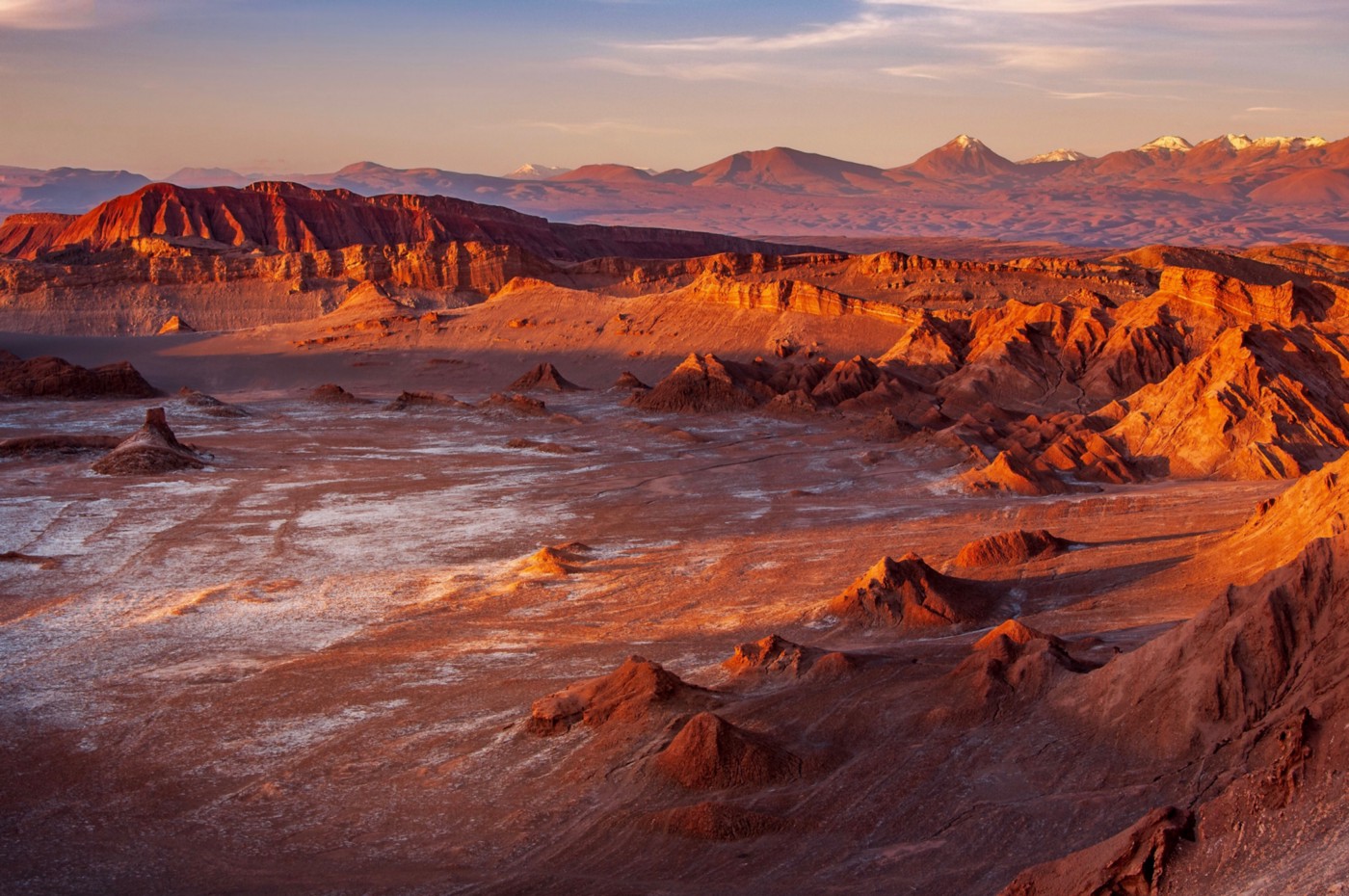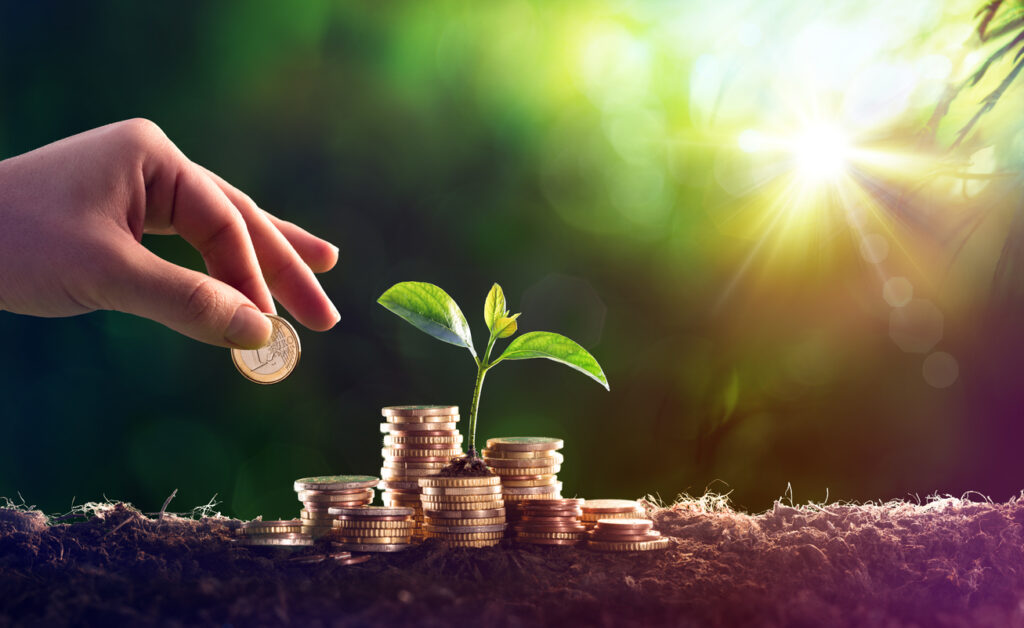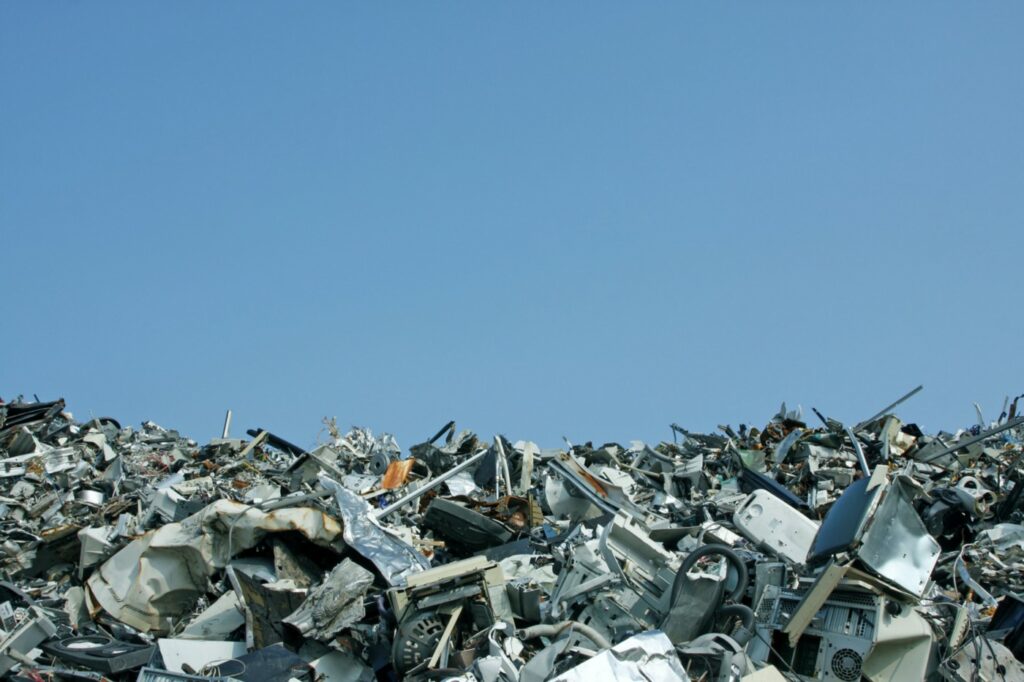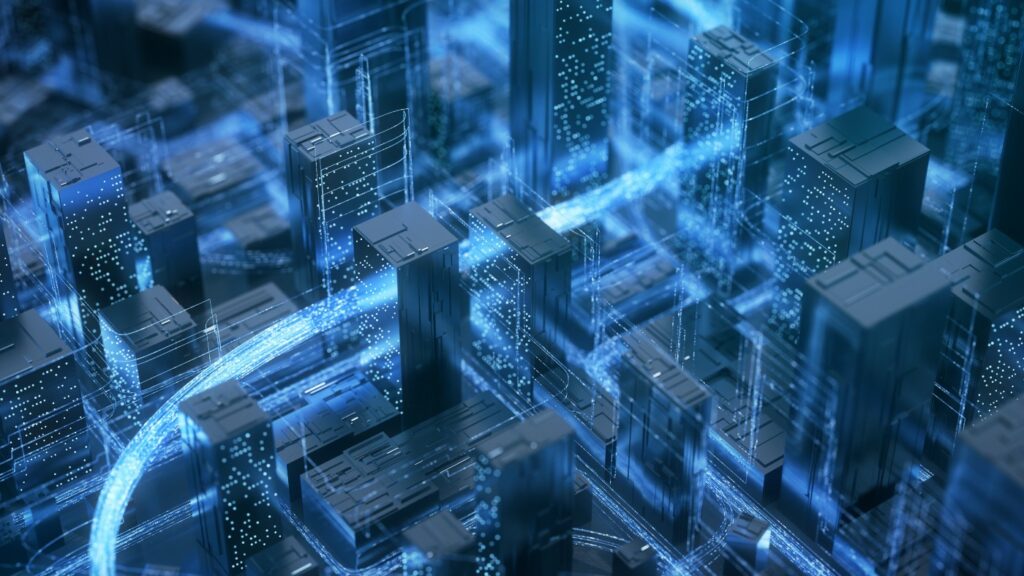by Nicola Phillips, Copywriter
Chile’s Salar de Atacama is an otherworldly 1,600-kilometer expanse nestled between the Andes and the Pacific. Save the Arctic Circle, it is the driest place on Earth.
Each year, on average, the Atacama gets 0.4 inches of rain. With microscopic supplies of water, to begin with, 65% of the water in the region gets redirected to mining lithium. Most of this lithium goes toward producing lithium-ion batteries, which power our cellphones, laptops, and electric cars — and, more recently, store renewable energy for later deployment.
Over the last 40 years, lithium mining has sucked what precious water remains from the land, destroying the livelihoods of untold numbers of indigenous farmers and displacing entire communities.
All in the name of saving the planet.
There’s an official name for the paradoxical phenomenon that compels lithium mining to destroy the Atacama in the name of environmentalism. It’s called maladaptation, which, in the climate change context, refers to any adaptation measure that “increases risk or vulnerability for some or all affected individuals or communities.”
Maladaptation is measured in benefit or harm to people and wildlife; the potential to reduce carbon emissions; and equity outcomes for marginalized groups.
Maladaptation is also the natural byproduct of technological innovation, which spawns a lot of incredible breakthroughs, with some unintended consequences.
The discovery of lithium-ion batteries was a breakthrough. The unintended consequences have reached a crisis stage, largely due to the fact that we are still using these batteries almost 50 years later.
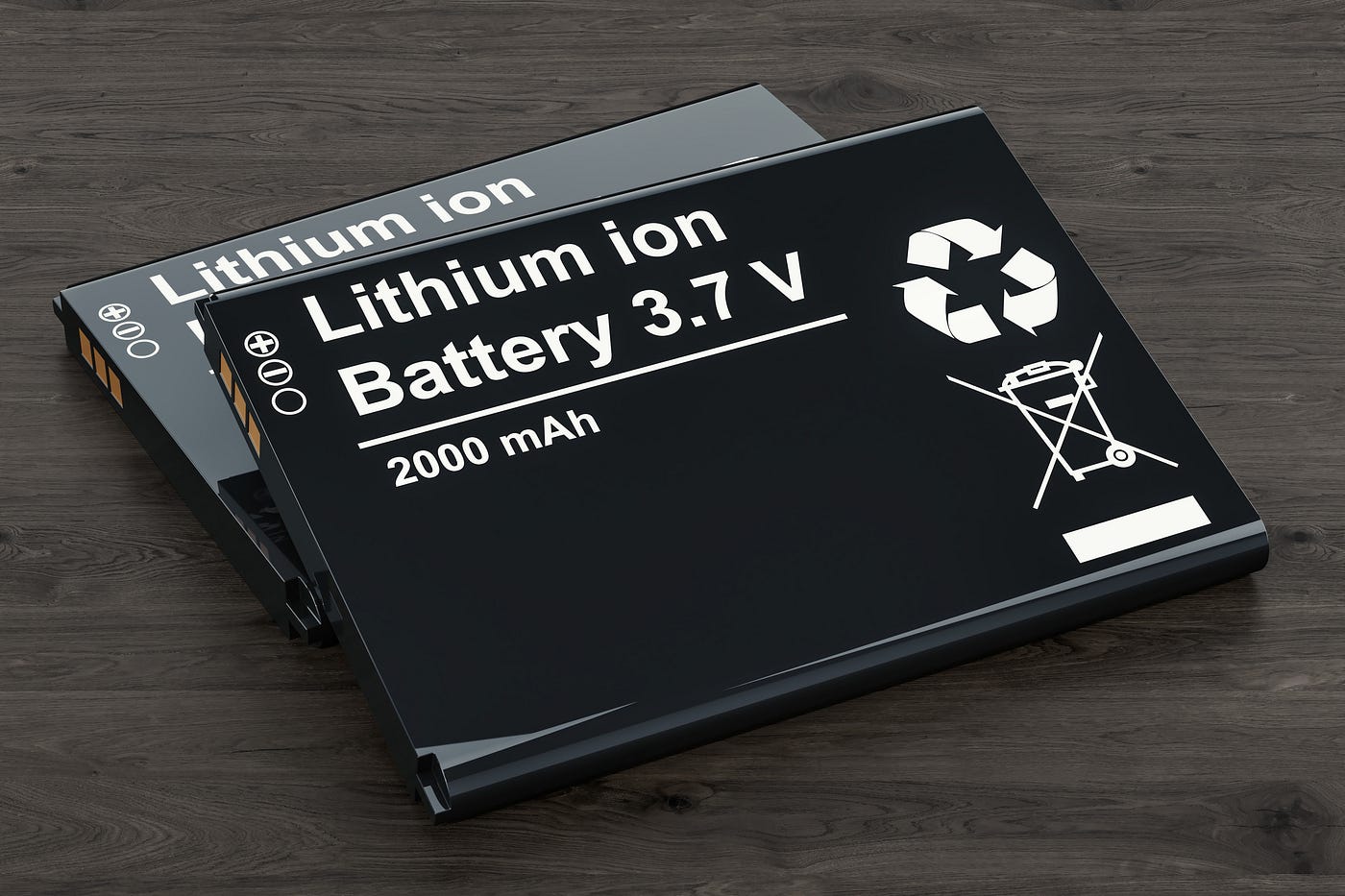
Lithium-ion (“Li-ion”) batteries were first developed in the late 1970s. The technology revolutionized commerce and transportation, with two features that no prior technology had achieved: mass energy storage, and rechargeability. The three scientists who discovered Li-ion batteries were awarded the Nobel Prize in Chemistry in 2019. With the advent of Li-ion batteries, a fossil-fuel-free future seemed within reach.
But the world has changed dramatically in the last 50 years. The urgency of our climate crisis has become ever more pronounced, while our resource needs have grown exponentially. Li-ion batteries are no longer a scalable solution (for many reasons).
Maladaptation doesn’t group adaptation measures into two camps — good and evil. Rather, the implication is that every adaptation measure does not work in every scenario. What works in the U.S. Southwest may not work in Western Australia; what works in Western Australia may not work in the Chilean desert.
And what was revolutionary and purely beneficial in the 1970s is rapidly outliving its usefulness in the 2020s.
Traditional mining has never been particularly pretty.
Over the last half a century, however, global supply chains have successfully separated the actual process of mining from the consumer experience. If you’re buying a Tesla (or an iPhone), you’re probably not thinking about the journey the minerals that power that device took to get to you.
In the case of batteries, that journey accounts for the brunt of their environmental damage.
Take Tesla as an example. Battery-powered electric vehicles (EVs) are an appealing green alternative to traditional combustion engines. Since EVs get their energy directly from the grid, as the grid becomes greener (which it is), the vehicles also become greener.
During their lifetimes, at least. The greatest environmental damage from electric cars, or any other battery-powered device, occurs long before the car is a car, and long after it’s no longer on the road. To truly understand the environmental cost of battery-powered devices, you have to look at where batteries come from, and then what happens to them once they’ve outlived their usability.
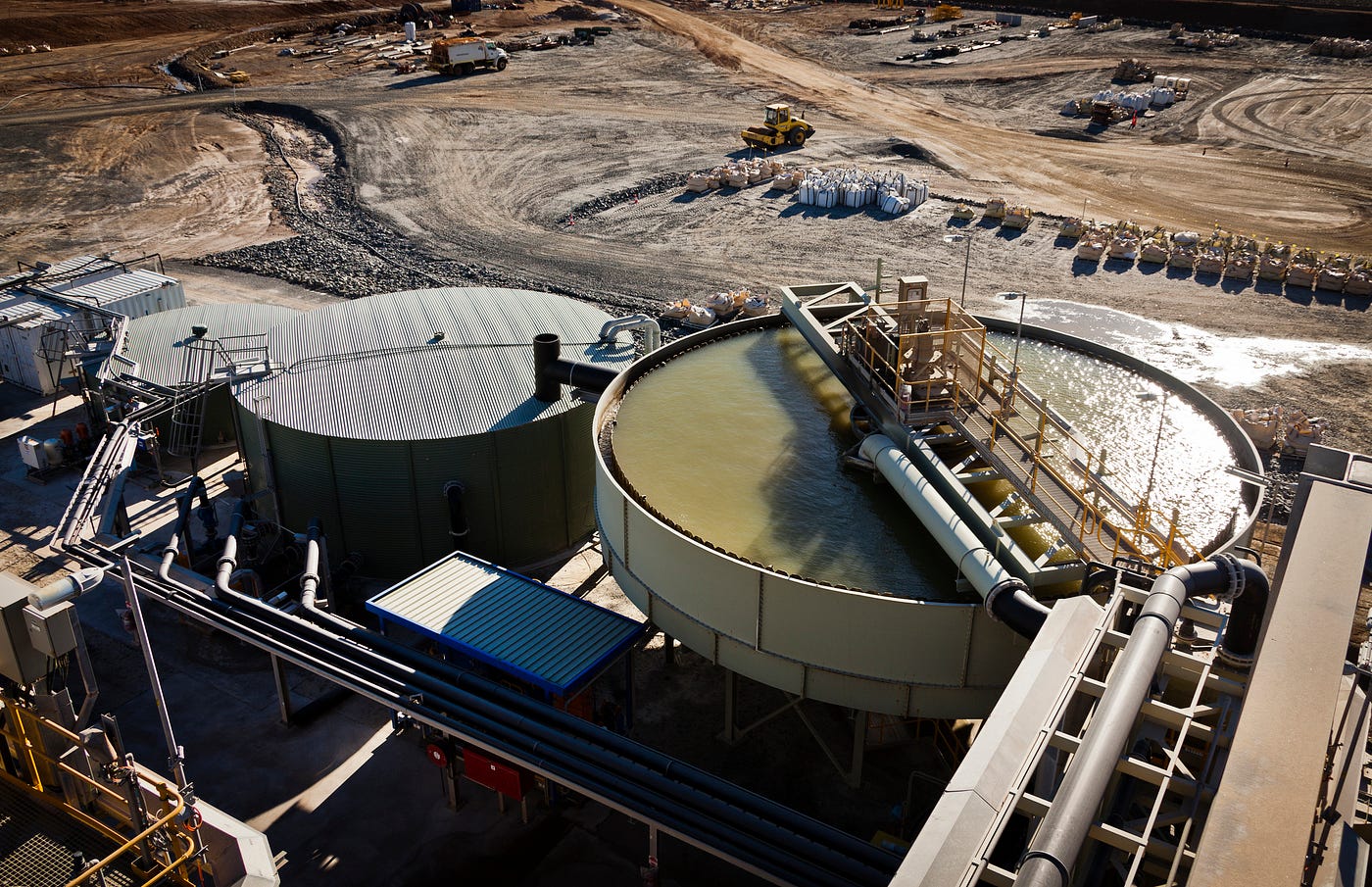
Australia is by far the biggest producer of lithium (around 40% of global reserves), followed by Chile, Argentina, and Bolivia. China also has a small percentage of the world’s lithium reserves but imports the majority of the lithium it processes. Chile’s Atacama salt flat — the single greatest reserve of lithium on Earth — alone supplies about a quarter of the world’s lithium.
All lithium mining is not created equal. Lithium can be extracted in three ways: from hard rock (Western Australia), from sedimentary rock (U.S. Southwest — a single reserve in Nevada accounts for a small global percentage), and from the evaporation of brine found beneath salt flats (South America — Chile, Argentina, Bolivia).
To extract lithium from a salt flat, you have to drill a hole deep into the Earth and draw out the brine (lithium-containing saltwater), pumping it into massive ponds, where it then sits — for anywhere from months to years — to evaporate all of the water, leaving a mixture of lithium, sodium, and potassium behind. The lithium must then be distilled, often requiring relocation to new evaporation ponds. All told, the process is extremely water-intensive.
Even in areas that aren’t as water-poor as the Atacama, lithium mining uses an exorbitant amount of water.
And that’s just the water usage. Accelerating traditional mining operations is like turning back the hands of time, in the worst possible way.
The chemical runoff from mining can leach into the soil, contaminating waterways, killing livestock, and poisoning the drinking supply. Sometimes, mining displaces entire communities, and erodes entire ways of life.
Years-long litigation between Chile’s two mining companies, Albemarle and SQM, and indigenous populations in the Atacama might soon result in mining operations leaving Chile’s salt flats. But, in Chile and beyond, they’ll set up shop somewhere new. (As we speak, there are plans underway to open a new lithium mining operation in Nevada.)
And when the lithium supply has dried up, another mineral will be mined in its place. Until there is a better alternative.
A central tenet of maladaptation is risk mitigation, which acknowledges that, when faced with a problem as gigantic as climate change, there’s not always a great solution. Sometimes, the best you can do is try to do the least possible harm.
Deserts are complex and fragile ecosystems. Their lifespan dwarfs that of humans, which also means that their regenerative timeline is much, much longer. If mining completely destroys the Atacama, we don’t know if it will ever recover.
What we do with that information is up to us.
The question then is, who are we trying to save?
Is it humankind? Are we trying to preserve an Earth that lasts beyond us? And who is ‘us’? What will we do to save our fellow humans?
The cost-benefit analysis of climate change mitigation is dizzying. But we have to try something. And if that doesn’t work, we have to try something new.
Perhaps there really isn’t a better alternative to lithium-ion batteries. But I don’t believe it. For decades, the coal and oil industries convinced us that there wasn’t a better alternative to fossil fuels.
If we can design electric cars, and then persuade the masses to choose them over combustion engines (despite all that lobbying!), then we must be able to power them in a way that doesn’t require tearing up the Earth or destroying communities. If battery-powered cars are supposed to save the planet, who are they saving it for?
